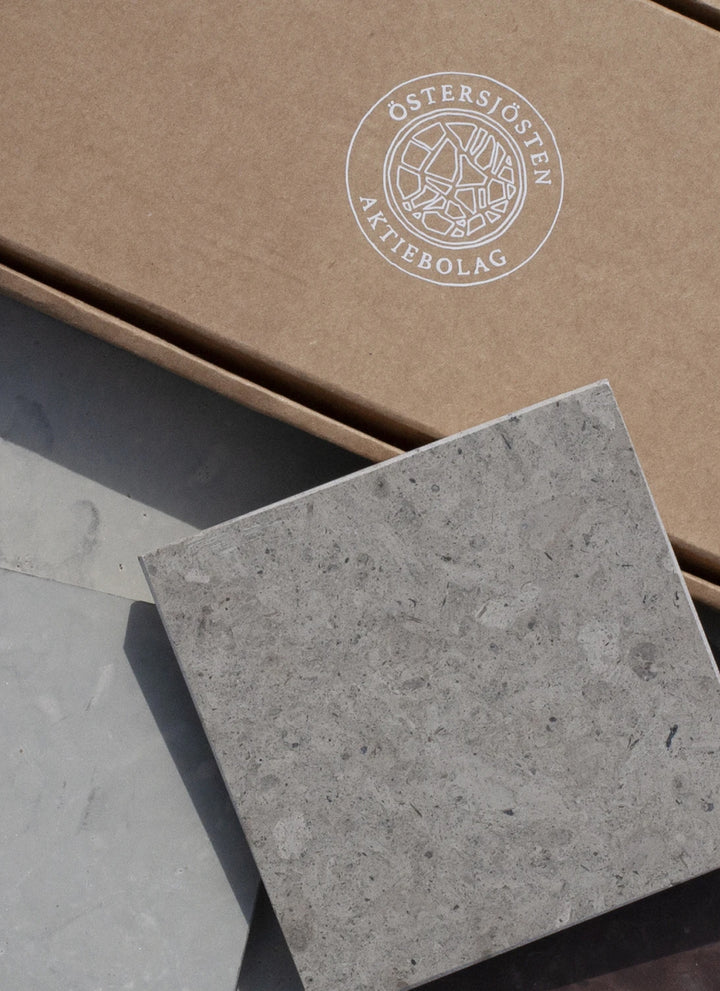
Intervju
Hannah Appelgren on architecture and materials in Japan

Tell us a bit about yourself, who are you and how come you ended up in Japan?
My name is Hannah Appelgren and works as an architect at Kengo Kuma & Associates in Tokyo. I’ve worked here since 2014 with a short break to finish my master’s degree at the School of Architecture in Copenhagen. Right now I’m working on an exciting office tower in Dallas that will hopefully break ground at the beginning of next year.
What do you like about Japanese architecture and design and how has it shaped your own style?
What I’ve always liked about Japanese architecture is that it is designed from the inside and out. It’s been easier for me to think that way, especially when I first got started with architecture. And I really like how Japanese architecture, both traditionally and today, is an extension of nature rather than a barrier between inside and out.


If natural stone is used in Japan, how do the Japanese view materials in general?
Traditionally, material means a lot to the Japanese and you see many stunning paving stones in well-preserved cities such as Kyoto. But today, unfortunately, materials are not prioritized in the same way because land has become so expensive and swallows most of the budget. It really is a shame and probably also has to do with the fact that buildings have such a short lifespan in Japan compared to Europe.


Among other things, you have designed a house on Öland. Tell us a little about how you thought about it and your material choices.
The Öland house is a small house that is mostly about the materials and the beautiful surroundings with open fields and forest groves. It will be built in lightweight concrete, exposed wooden beams and limestone floors and window panels. The shape is simple, a square plan with two large windows to the south and west, and a roof made of sheet metal with a solid eaves that links the house with the surroundings.

What are your best tips as an architect for our customers who are facing renovations and new constructions?
It’s difficult to give general tips, house is so personal and tied to context. But, do a lot of research! Start by looking for references from houses, rooms, materials and artwork you like. References are the easiest way to communicate with architects and at the same time discover what you yourself like.
- choosing a selection results in a full page refresh
